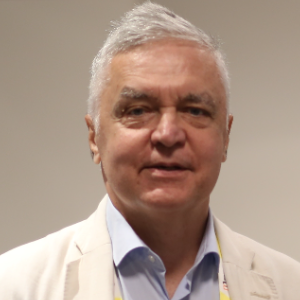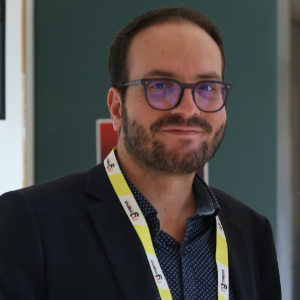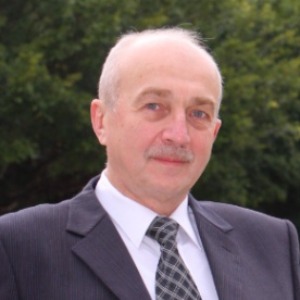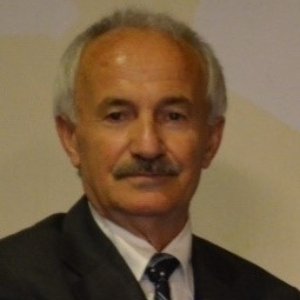In order to accelerate (catalyse) chemical processes, live (biological) systems or their components are used in biocatalysis. In biocatalytic processes, organic substances are chemically transformed by natural catalysts like enzymes. Enzymes that have been mostly separated and enzymes that are still found inside live cells are both used for this purpose. The ability to produce altered or artificial enzymes is a result of contemporary biotechnology, especially guided evolution. This has made it feasible to create enzymes that might facilitate new small molecule conversions that could otherwise be challenging or unattainable using conventional synthetic organic chemistry. Chemoenzymatic synthesis refers to the use of natural or altered enzymes to carry out organic synthesis; the reactions carried out by the enzyme are categorised as chemoenzymatic reactions. Biocatalysis has recently included photoredox catalysis, opening up novel, previously unattainable reactions. Light is required for the production of free radical intermediates in photoredox chemistry. When there is no external chiral environment present, racemic mixtures of the product are produced because these radical intermediates are achiral. In the active site, enzymes can create this chiral environment, fix a certain conformation, and promote the synthesis of a single, enantiopure product. There are two types of photoredox-enabled biocatalysis reactions:
- An external photocatalyst
- An inside coenzyme/cofactor photocatalyst

Stanislaw Dzwigaj
Sorbonne University, France
Dai Yeun Jeong
Asia Climate Change Education Center, Korea, Republic of
Sergey Suchkov
N.D. Zelinskii Institute for Organic Chemistry of the Russian Academy of Sciences, Russian Federation
Enrico Paris
CREA-IT & DIAEE, Italy
Rabeharitsara Andry Tahina
GPCI-ESPA Antananarivo University, Madagascar
Jiri Dedecek
J Heyrovsky Institute of Physical Chemistry , Czech Republic
Uday Som
Research and Development Engineer, Japan
Vladimir G Chigrinov
Hong Kong University of Science and Technology, Russian Federation



Title : Distant binuclear vanadium V(II) cationic sites in zeolites and their reactivity
Jiri Dedecek, J Heyrovsky Institute of Physical Chemistry , Czech Republic
Title : Advanced nanostructures for carbon neutrality and sustainable H₂ energy
Tokeer Ahmad, Jamia Millia Islamia, India
Title : Personalized and Precision Medicine (PPM) as a unique healthcare model via bi-odesign, bio- and chemical engineering, translational applications, and upgraded business modeling to secure the human healthcare and biosafety
Sergey Suchkov, N.D. Zelinskii Institute for Organic Chemistry of the Russian Academy of Sciences, Russian Federation
Title : Antibody-proteases as a generation of unique biomarkers, biocatalysts, potential targets and translational tools towards nanodesign-driven biochemical engineering and precision medical practice
Sergey Suchkov, N.D. Zelinskii Institute for Organic Chemistry of the Russian Academy of Sciences, Russian Federation
Title : Dimethyl ether synthesis from syngas over Cu-Zn/Al2O3 catalysts prepared using the Sol-Gel method
Uday Som, Research and Development Engineer, Japan
Title : Influence of various catalysts on H₂ enhancement and CO2 capture during syngas upgrading
Enrico Paris, CREA-IT & DIAEE, Italy
Title : Photoaligned azodye nanolayers : New nanotechnology for liquid crystal devices
Vladimir G Chigrinov, Hong Kong University of Science and Technology, Russian Federation
Title : Application of vanadium, tantalum and chromium single-site zeolite catalysts in catalysis
Stanislaw Dzwigaj, Sorbonne University, France
Title : Oxidation of methane to methanol over pairs of transition metal ions stabilized in the zeolite matrices
Jiri Dedecek, J Heyrovsky Institute of Physical Chemistry , Czech Republic
Title : The Concept and Implications of Low Carbon Green Growth
Dai Yeun Jeong, Asia Climate Change Education Center, Korea, Republic of